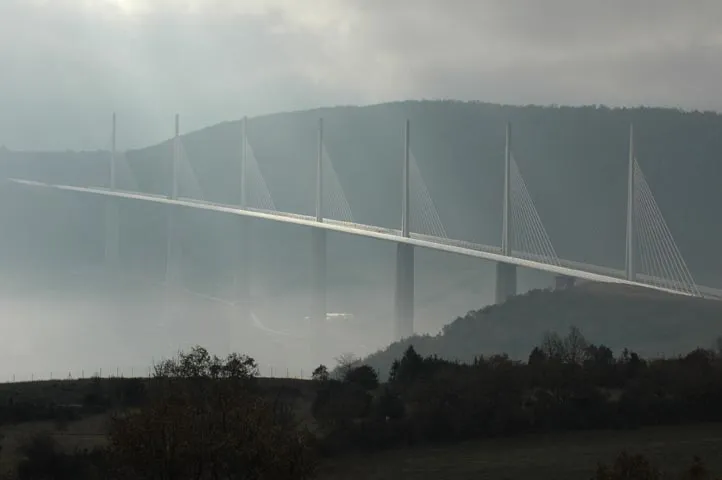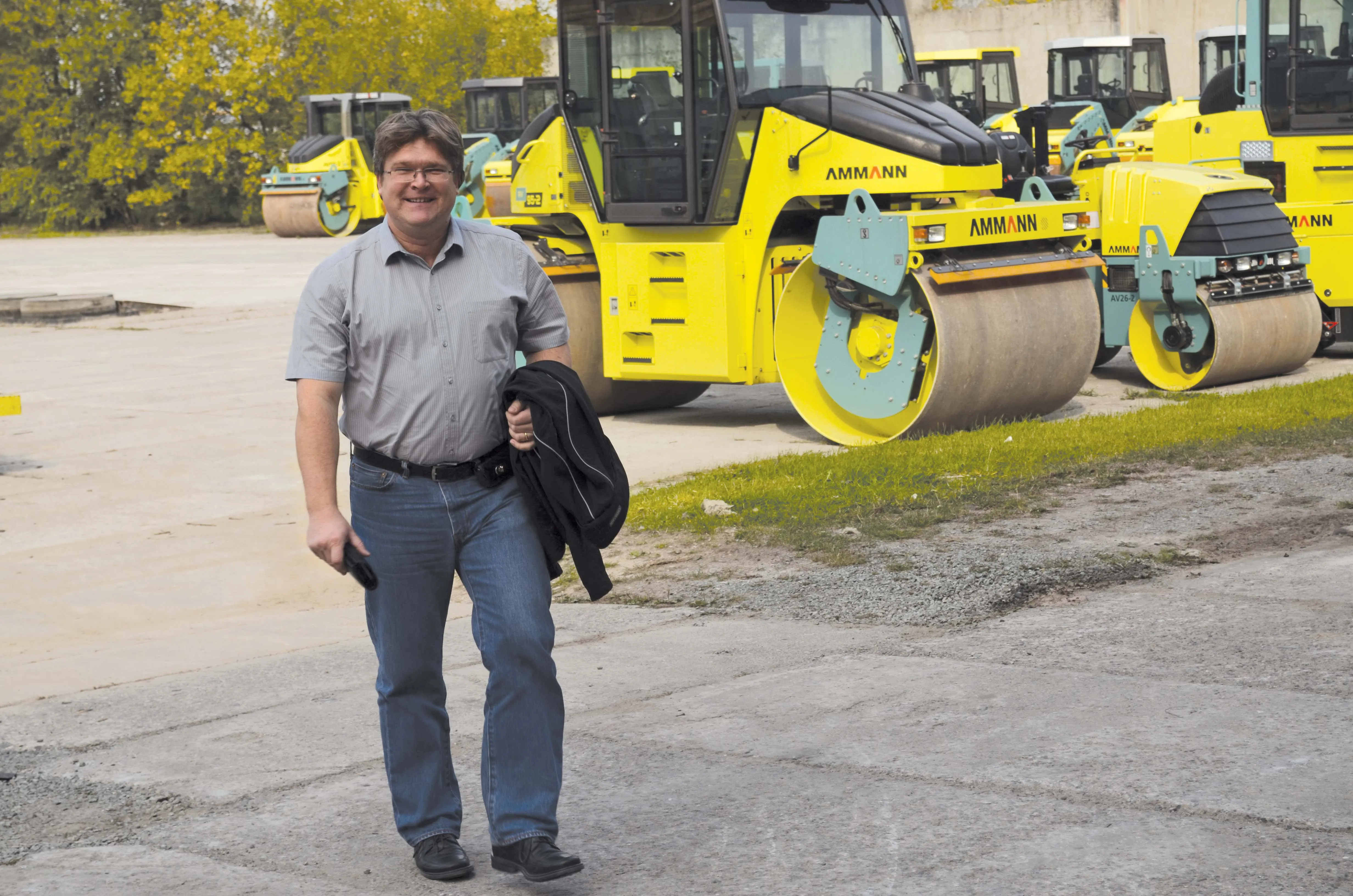Multi-award-winning bridge designer Michel Virlogeux was the keynote speaker at the recent Austroads Bridge conference, held in Auckland, New Zealand, last month. He had a simple message: Bridge design is the realm of the engineer and should not be given to architects. "Bridge architecture, bridge aesthetics, bridge elegance is the problem of engineers. We must not leave this major part of our job to architects," he said. "I always work with an architect, but the architect is not selecting the structure. To
July 9, 2012
Read time: 4 mins

Bridge designer Michel Virlogeux interviewed by Mary Searle
Multi-award-winning bridge designer Michel Virlogeux was the keynote speaker at the recent Austroads Bridge conference, held in Auckland, New Zealand, last month. He had a simple message: Bridge design is the realm of the engineer and should not be given to architects."Bridge architecture, bridge aesthetics, bridge elegance is the problem of engineers. We must not leave this major part of our job to architects," he said. "I always work with an architect, but the architect is not selecting the structure. To design a bridge is to master forces, and this is not the job of the architect."
This does not leave architects out of the bridge design game altogether, however, Virlogeux himself frequently works with architects, saying they can bring a lot to a project. "I've been designing bridges for 35 years now and I can foresee very well which type of structure is most adapted to the site. I have a very good idea of proportions - where to place the piers and so on - I don't need help for that. But then later, when we have a good idea of what we can do, I consider that I am not able to refine the shapes. And there the architect is much better than I am.
"If I take the example of the Millau Viaduct, Foster, after looking at the models we had first prepared, he wanted to reduce the bridge to the essence - just the straight line, which was also my idea from the beginning. But he pushed to take out the small piers and the side span that we had in the beginning. It made the technical problem more difficult, but the bridge was reduced to just the straight line and the seven identical towers. Myself also, I wanted identical towers, but I could have left, probably, the small piers at the end. Really, he improved the design of the bridge very much."
Virlogeux says trouble begins when architects try to do the job of the engineer, "To organise the flow of forces, it's not the problem of an architect, it's the problem of an engineer. And the engineer masters the construction techniques, the flow of forces, how to connect elements, not the architect. So it's absolutely crazy to give bridge designs to architects." He gave the example of the Alamillo Bridge in Seville, Spain, designed by award-winning architect Santiago Calatrava. "It's a very expensive structure because it has absolutely no structural logic. You have just one single span, cable-stayed from a tower that is inclined backwards but there is no backstay at all, so that means that the tower has to take all the effect of the load - the weight takes a very small part of it - and you have, of course, below that, an enormous foundation to balance the load."
So why is bridge design being given to architects instead of engineers? "It comes from the fact that engineers have not done their job properly. Too many have designed things that are not beautiful. Also because they are too concerned with codes - yes, we need codes, but we must not be the slaves of codes," said Virlogeux.
"Of course, if engineers produce bridges like this the public will call for architects. The architects will build something absolutely crazy, which is a completely different way of making things wrong."
This problem is compounded by the decisions of bridge authorities to build 'iconic' bridges. Virlogeux said, "When you have to build a bridge somewhere you have to make a bridge that is fitted to the need and the site of the landscape. And if you are successful it will be a good bridge. Maybe it will be iconic, maybe not. But really this tendency to make things that are 'signature' or 'iconic' is really the desire to show off, which is absolutely stupid."
However another big problem engineers have, said Virlogeux, is that it is extremely difficult to convince the politicians and the public at the beginning of the benefits of a simple bridge. "I think it is necessary to take a medium road. We can design elegant bridges with reasonable costs. Between the cheapest solution and Millau there is probably 10-15% cost increase - not three times the cost. And when you make a crazy design it could be three, four, five times the cost." "The cost to take functional to elegant could be perhaps as low as 1% of the cost. This is what we can do very easily."








